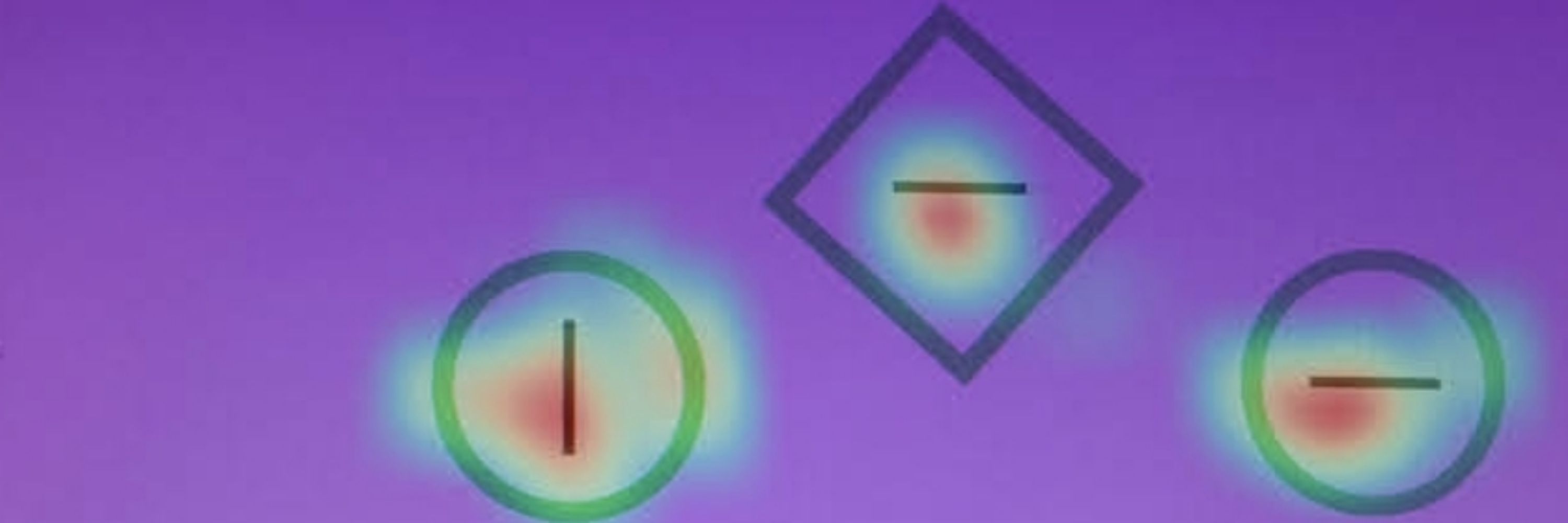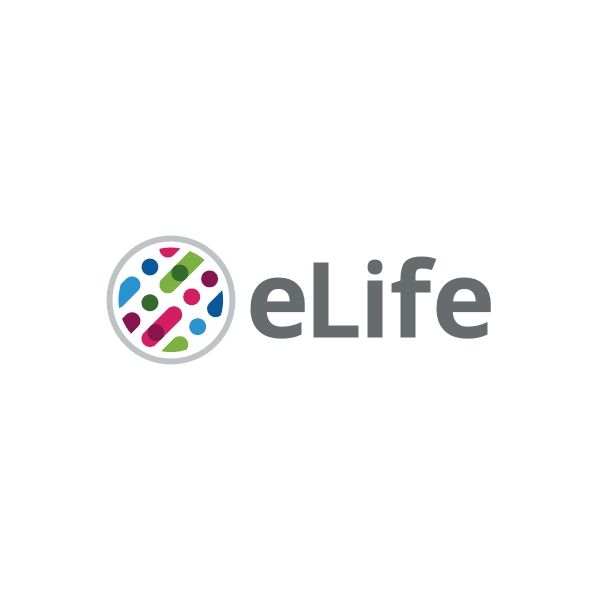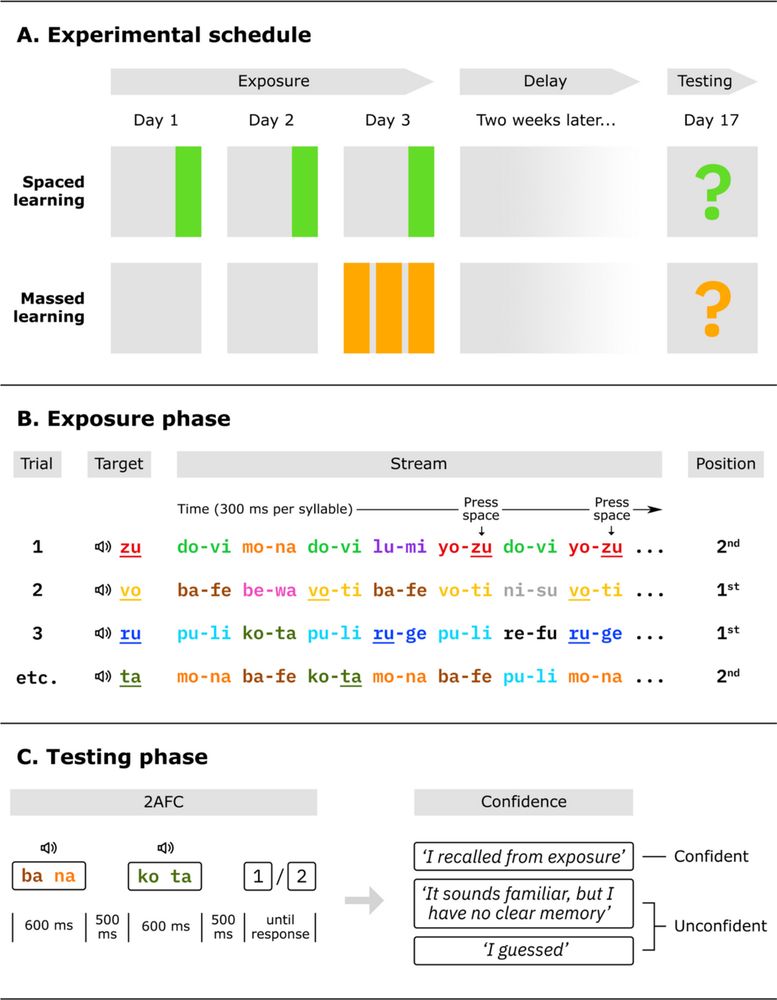
www.pnas.org/doi/10.1073/...

www.pnas.org/doi/10.1073/...
acrobat.adobe.com/id/urn:aaid:...
acrobat.adobe.com/id/urn:aaid:...
doi.org/10.7554/eLif...
doi.org/10.7554/eLif...
In this work, we investigate the dynamic competition between bottom-up saliency and top-down goals in the early visual cortex using rapid invisible frequency tagging (RIFT).
📄 Check it out on bioRxiv: www.biorxiv.org/cgi/content/...

In this work, we investigate the dynamic competition between bottom-up saliency and top-down goals in the early visual cortex using rapid invisible frequency tagging (RIFT).
📄 Check it out on bioRxiv: www.biorxiv.org/cgi/content/...
In @elife.bsky.social: Dual-format attentional template during preparation in human visual cortex doi.org/10.7554/eLif...
In @elife.bsky.social: Dual-format attentional template during preparation in human visual cortex doi.org/10.7554/eLif...
📅 Date: June 25th & 26th
📍 Location: Trippenhuis, Amsterdam
📅 Date: June 25th & 26th
📍 Location: Trippenhuis, Amsterdam
direct.mit.edu/jocn/article...

direct.mit.edu/jocn/article...
www.jneurosci.org/content/jneu...
www.jneurosci.org/content/jneu...
www.jneurosci.org/content/earl...

www.jneurosci.org/content/earl...

direct.mit.edu/jocn/article...

direct.mit.edu/jocn/article...

Proactive distractor suppression in early visual cortex doi.org/10.7554/eLif...
Proactive distractor suppression in early visual cortex doi.org/10.7554/eLif...
The advantage of spaced studying is well documented for explicit learning, but is there such an advantage for incidental #StatisticalLearning of novel #Language?
Jasper de Waard from @jthee.bsky.social’s lab tested it! Find out what we found here : 🔗 doi.org/10.3758/s134...

The advantage of spaced studying is well documented for explicit learning, but is there such an advantage for incidental #StatisticalLearning of novel #Language?
Jasper de Waard from @jthee.bsky.social’s lab tested it! Find out what we found here : 🔗 doi.org/10.3758/s134...

